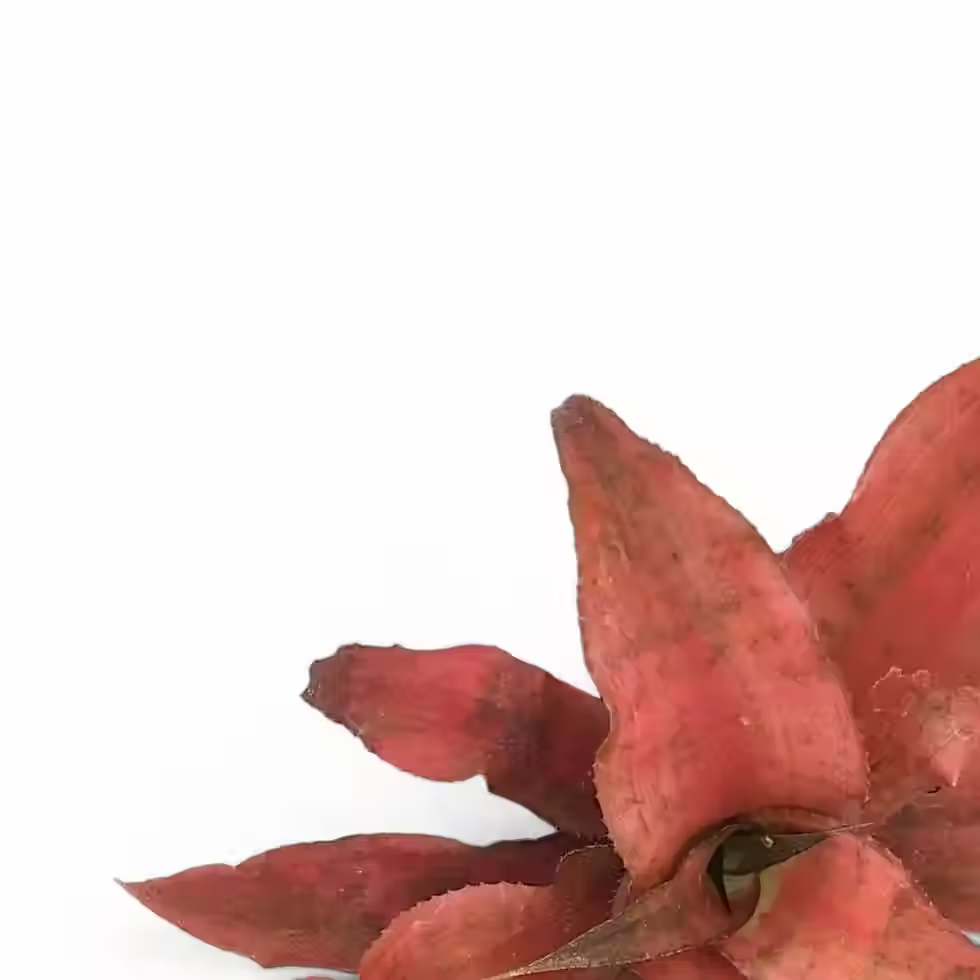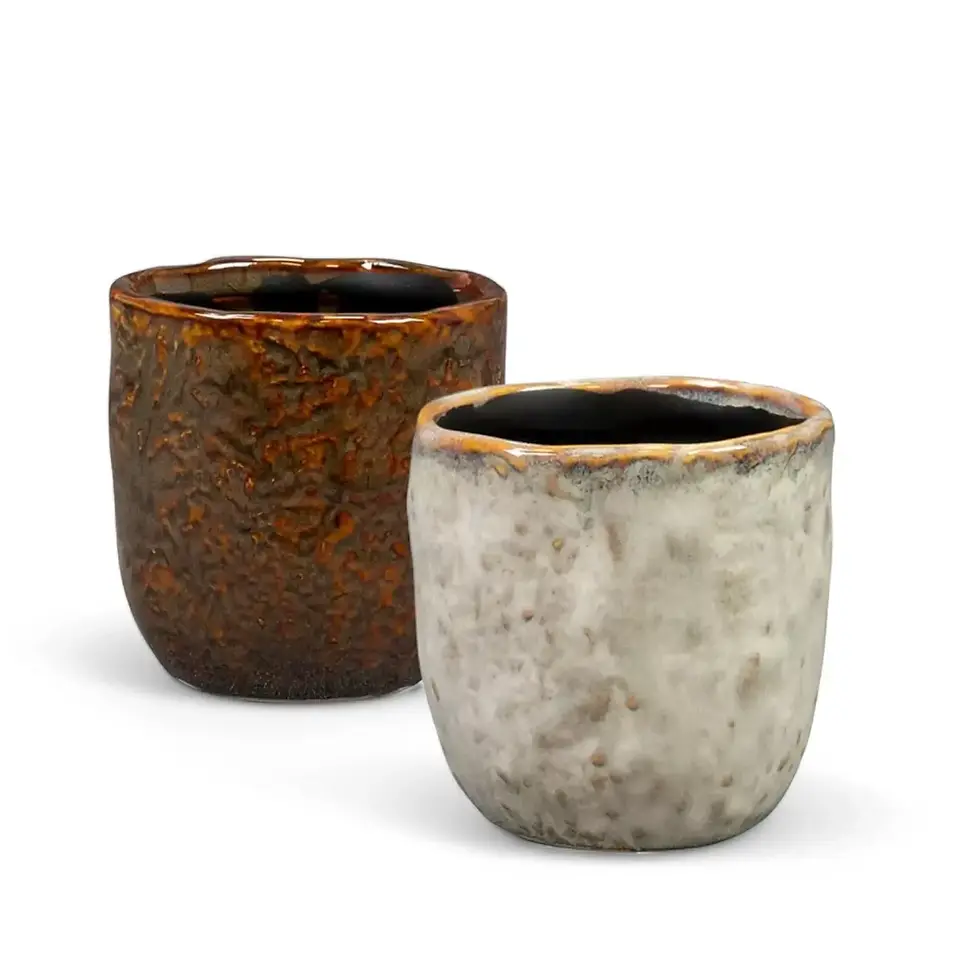Hoya callistophylla - Facts and Care Guide
Hoya callistophylla is a striking climbing vine admired for its vibrant green foliage, which is adorned with dark, intricate veining that gives each leaf a unique and artistic appearance. The thick, semi-succulent leaves are oval to elongated and slightly curved, with a matte texture that enhances their natural elegance. Typically, the leaves grow between 8-15 cm in length and 3-6 cm in width, forming a dramatic contrast to the slender, twining stems. With proper support, it can climb up to 2-3 meters indoors, creating a lush, vertical display. Originating from Southeast Asia, particularly Malaysia, Borneo, and Thailand, this plant thrives in warm, humid conditions and brings a touch of tropical sophistication to any indoor environment.
Key Features of Hoya callistophylla
- Unique Foliage: Bold, dark green veining on a lighter green background makes it a striking centerpiece.
- Resilient Nature: Tolerates irregular watering and adapts to various indoor conditions.
- Seasonal Blooms: Produces star-shaped yellow flowers with reddish-brown centers and a subtle, sweet fragrance.
Hoya callistophylla: What You Need to Know
→ Natural Habitat
- Native to the humid, tropical rainforests of Southeast Asia.
- Prefers a consistent temperature range of 18-26°C and humidity levels above 60%.
→ Growth Habit
- Vining epiphyte that naturally climbs trees in the wild.
- Indoors, it requires support structures for vertical growth or can cascade from hanging containers.
→ Size and Spread
- Leaf Size: Leaves grow to 8-15 cm in length and 3-6 cm in width.
- Vine Length: Indoors, vines typically grow 2-3 meters with proper care.
→ Toxicity
- Non-toxic to humans but mildly toxic to pets if ingested in large quantities.
- May cause mild gastrointestinal discomfort in pets, so keep out of reach.
→ Lifecycle
- Evergreen plant that maintains its vibrant foliage year-round.
Hoya callistophylla Care Guide
→ Placement
- Bright, indirect light is ideal. Avoid direct sun, which can scorch the leaves.
- Best suited for east- or north-facing windows.
- Keep away from heating sources, cold drafts, and cold window panes during winter.
→ Watering
- Allow the top 2-3 cm of soil to dry before watering.
- Use filtered or rainwater to prevent mineral buildup.
→ Humidity
- Maintain humidity levels above 60%.
- If dry, use a humidifier, group plants together, or place a water tray nearby.
→ Temperature
- Optimal range is 18-26°C.
- Avoid exposure to cold drafts or sudden temperature fluctuations.
→ Soil
- Use a well-draining mix of cactus soil, orchid bark, and perlite.
→ Repotting
- Repot every 2-3 years or when roots outgrow the container.
- Use a pot with excellent drainage, preferably terracotta.
→ Fertilizing
- Apply a balanced liquid fertilizer diluted to half strength every 4-6 weeks.
- Avoid over-fertilizing to prevent salt buildup.
→ Pruning
- Minimal pruning needed. Remove yellowing or damaged leaves.
- Leave flower peduncles intact, as the plant reblooms from these points.
→ Propagation
- Best propagated through stem cuttings with at least two nodes.
- Place cuttings in water or moist soil and maintain high humidity until roots develop.
→ Hydroponics
- Can adapt to semi-hydroponic setups using inert substrates.
- Change water weekly and monitor nutrient levels.
Common Issues and Solutions for Hoya callistophylla
→ Pests
- Mealybugs, Spider Mites, Thrips: Treat with neem oil or insecticidal soap.
- Aphids: Rinse off with water or apply insecticidal treatments as needed.
→ Root Rot
- Caused by overwatering or poor drainage.
- Repot in fresh soil and adjust watering frequency.
→ Leaf Problems
- Yellowing Leaves: Often due to overwatering or nutrient deficiency.
- Browning Tips: Caused by low humidity or salt buildup.
- Drooping Leaves: Typically a sign of underwatering or sudden temperature changes.
→ Fungal Issues
- Maintain good air circulation and avoid overwatering.
- Treat affected areas with fungicides.
→ Leggy Growth
- Improve light exposure and pinch stems to encourage bushier growth.
Additional Care Tips for Hoya callistophylla
- Air Circulation: Prevents fungal problems and keeps the plant healthy.
- Leaf Cleaning: Wipe leaves gently with a damp cloth to remove dust and improve light absorption.
- Mimic Natural Habitat: Warm temperatures, high humidity, and indirect light closely replicate its tropical origins.
Origin of the Name Hoya callistophylla
The genus Hoya honors Thomas Hoy, a renowned English botanist. The species name "callistophylla" translates to "beautiful leaves," highlighting the plant’s distinctive foliage. Officially described in 2000 by T. Green in Fraterna.
FAQs About Hoya callistophylla
→ How often should I water Hoya callistophylla?
Water when the top 2-3 cm of soil dries out, typically every 1-2 weeks.
→ Is Hoya callistophylla toxic to pets?
Mildly toxic if ingested in large amounts. Keep out of reach of pets.
→ Can Hoya callistophylla bloom indoors?
Yes, with consistent care and sufficient light, mature plants produce fragrant, star-shaped flowers.
Order your Hoya callistophylla today and elevate your indoor space with this exotic beauty!
Hoya callistophylla
Hoya callistophylla comes in following sizes:
XS – is approximately 10 cm tall/ long and comes in a ⌀ 6 cm pot.
M – is approximately 15 cm tall/ long and comes in a ⌀ 12 cm pot.

























































